Contents
| |||||
| Centuries: | |||||
|---|---|---|---|---|---|
| Decades: | |||||
| See also: | List of years in Scotland Timeline of Scottish history 1828 in: The UK • Wales • Elsewhere | ||||
Events from the year 1828 in Scotland.
| |||||
| Centuries: | |||||
|---|---|---|---|---|---|
| Decades: | |||||
| See also: | List of years in Scotland Timeline of Scottish history 1828 in: The UK • Wales • Elsewhere | ||||
Events from the year 1828 in Scotland.

The Dean Cemetery is a historically important Victorian cemetery north of the Dean Village, west of Edinburgh city centre, in Scotland. It lies between Queensferry Road and the Water of Leith, bounded on its east side by Dean Path and on its west by the Dean Gallery. A 20th-century extension lies detached from the main cemetery to the north of Ravelston Terrace. The main cemetery is accessible through the main gate on its east side, through a "grace and favour" access door from the grounds of Dean Gallery and from Ravelston Terrace. The modern extension is only accessible at the junction of Dean Path and Queensferry Road.
The year 1828 in science and technology involved some significant events, listed below.
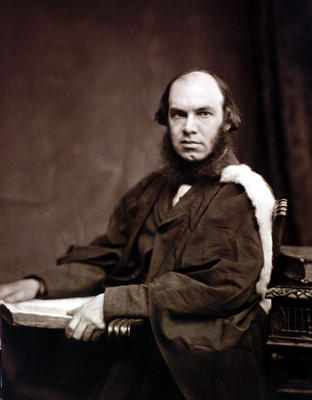
Edward Caird was a Scottish philosopher. He was a holder of LLD, DCL, and DLitt.

John Caird DD LLD (1820–1898) was a Scottish theologian. He entered the Church of Scotland, of which he became one of the most eloquent preachers. He served as the Principal of the University of Glasgow from 1873 until 1898.

Henry Duncan FRSE was a Scottish minister, geologist and social reformer. The minister of Ruthwell in Dumfriesshire, he founded the world's first mutual savings bank that would eventually form part of the Trustee Savings Bank. He served as Moderator of the General Assembly of the Church of Scotland in 1839. At the Disruption has left the Church of Scotland and sided with the Free Church. He was also a publisher, a philanthropist and an author, writing novels as well as works of science and religion.
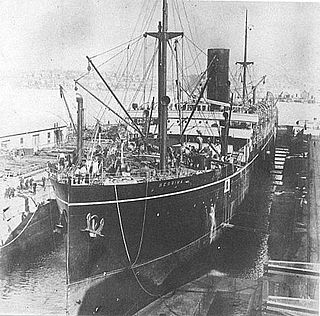
Caird & Company was a Scottish shipbuilding and engineering firm based in Greenock. The company was established in 1828 by John Caird when he received an order to re-engine Clyde paddle-tugs.
Corncockle Quarry was a large and historically important sandstone quarry near Templand in Dumfries and Galloway, Scotland. Stone from here was used in the late Victorian era to build tenements in Edinburgh and Glasgow, and also to construct New York 'brownstones'.
Events from the year 1870 in Scotland.
Events from the year 1842 in Scotland.
Events from the year 1841 in Scotland.
Events from the year 1812 in Scotland.
Events from the year 1840 in Scotland.
Events from the year 1810 in Scotland.
Events from the year 1837 in Scotland.

Robert Inerarity Herdman RSA RSW was a Scottish artist specialising in portraiture and historical compositions. He is also remembered for a series of pastoral scenes featuring young girls.
Events from the year 1784 in Scotland.
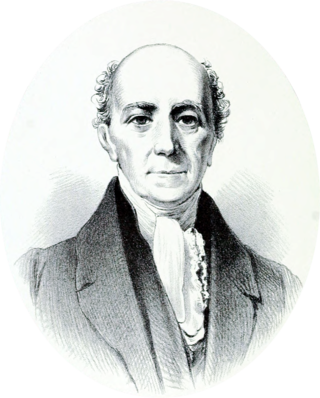
Patrick MacFarlan was a Scottish minister who served as Moderator of the General Assembly of the Church of Scotland in 1834 and as Moderator of the General Assembly of the Free Church of Scotland in 1845.
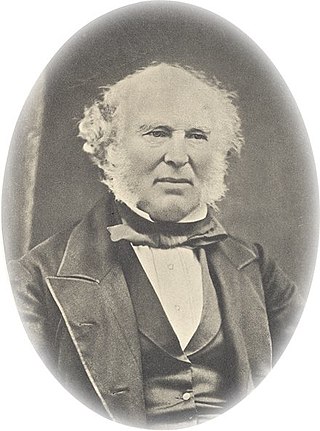
Henry Dunlop of Craigton FRSE DL (1799–1867) was a Scottish cotton manufacturer and merchant who served as Lord Provost of Glasgow from 1837 to 1840.
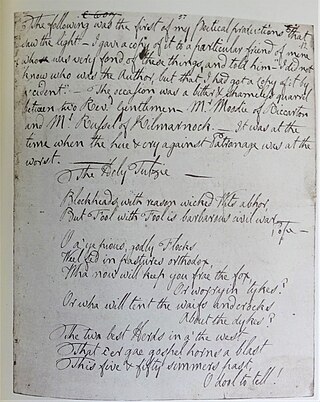
'The Holy Tulzie', 'The Twa Herds' or 'An Unco Mournfu' Tale was a poem written in 1784 by Robert Burns whilst living at Mossgiel, Mauchline, about a strong disagreement, not on doctrine, but on the parish boundaries, between two 'Auld Licht' ministers, John Russel and Alexander Moodie It was followed by "The Holy Fair", "The Ordination", "The Kirk's Alarm", "Holy Willie's Prayer", etc.
{{cite web}}: CS1 maint: unfit URL (link)